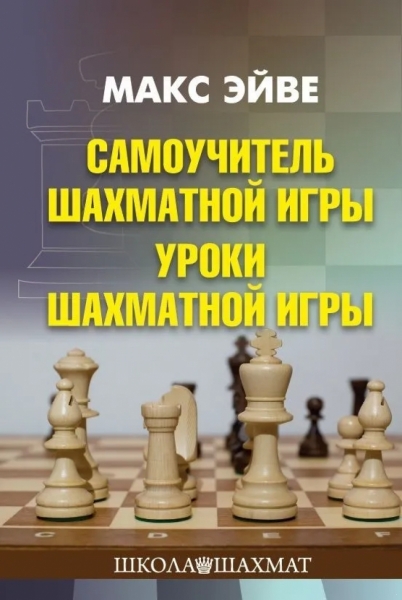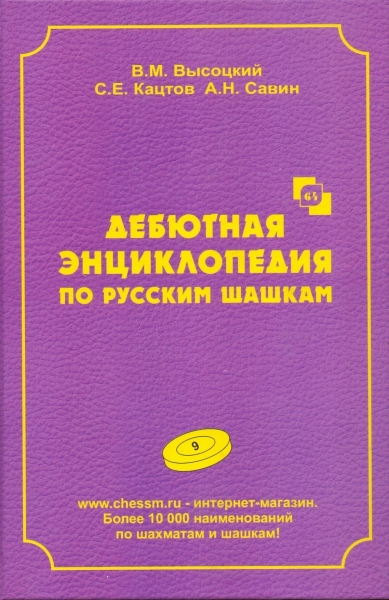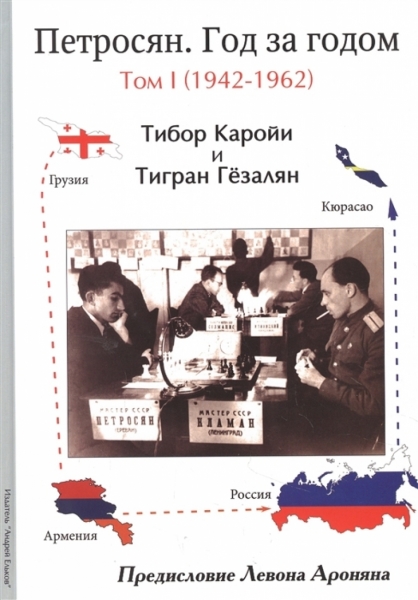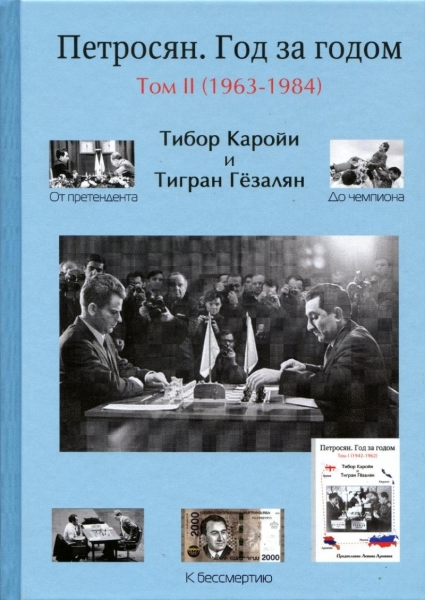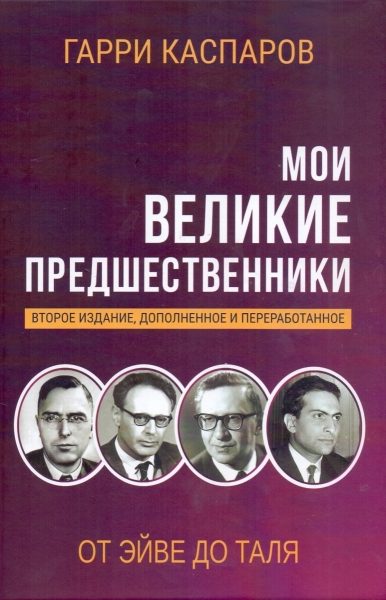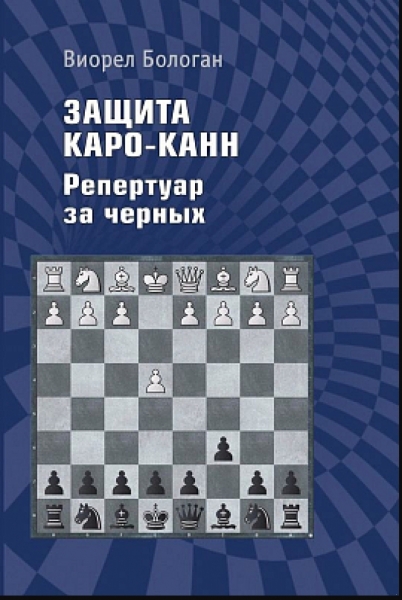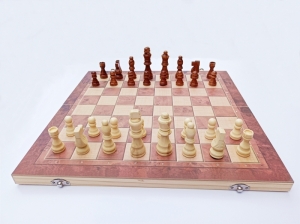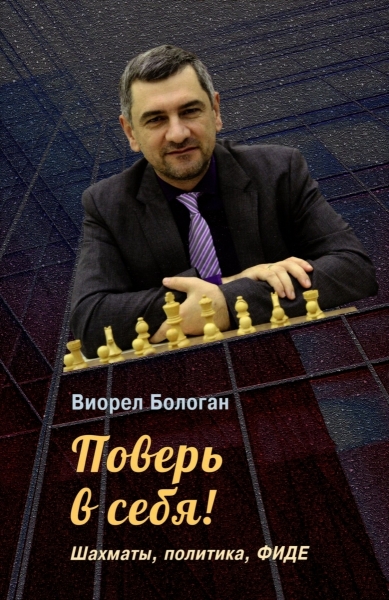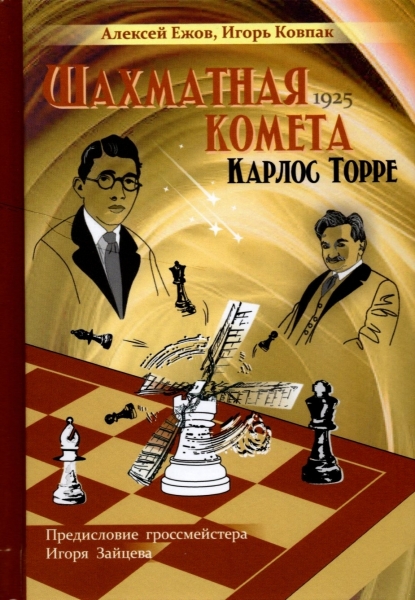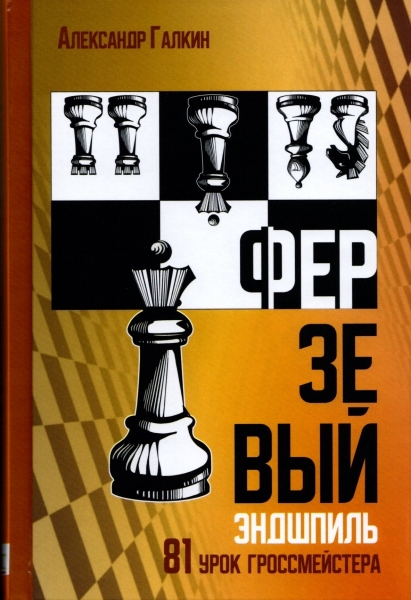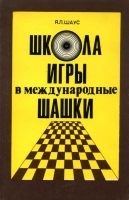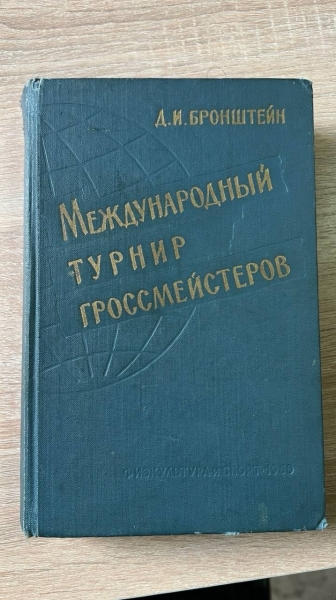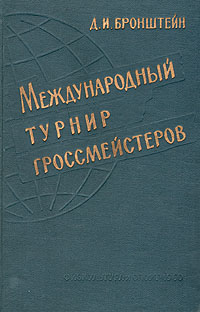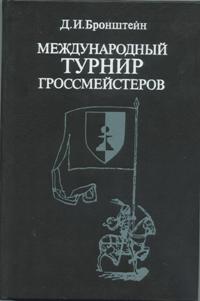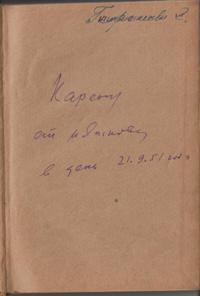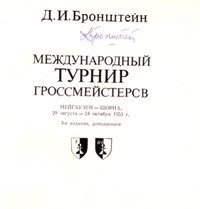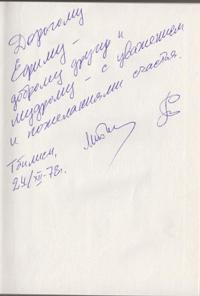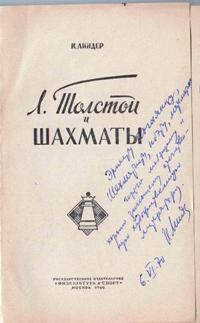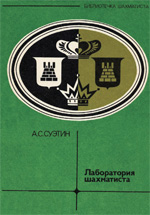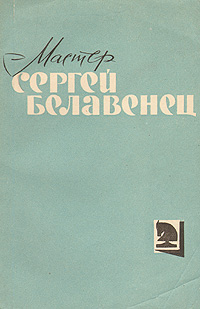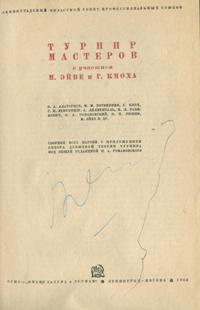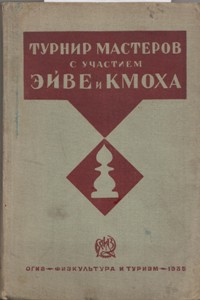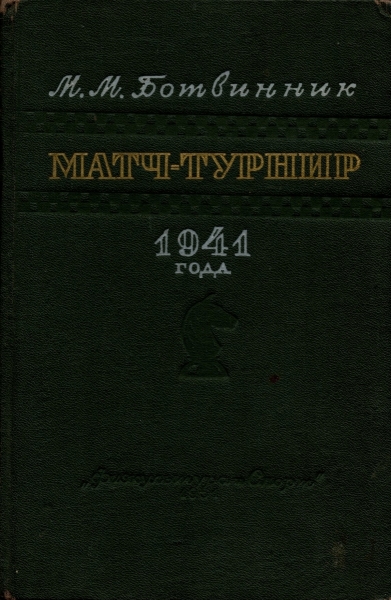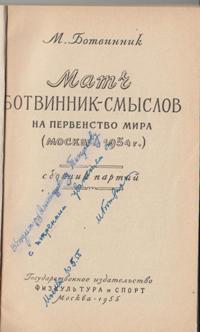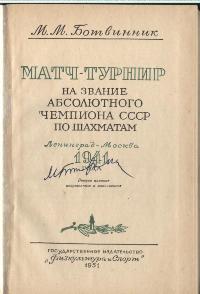Physical education and sport
Книги издательства:
- Сортировка:
- от дорогих
- от дешевых
- новые поступления
- названия
- автор
-
15.00 $
The tutorial reveals the method of learning the game of stock-checkers. This guide, which are given in a coherent system, the basic initial techniques of the game. A number of topics and ideas are covered for the first time. The method of presentation is suggested by the author of his many years of experience working with young checkers at the Vilnius Sports School.
-
30.00 $
The author has set himself a difficult goal: to create a kind of middlegame manual based on the material of the international grandmaster tournament. Grandmaster Bronstein is famous for his depth of play and his original understanding of the laws of chess. This is manifested in the grandmaster's games that have made the rounds of the world press and fully applies to his comments. Numerous positive and sometimes laudatory reviews of D. Bronstein’s first literary work, the benefits brought by the book according to reader reviews, indicated that the author had successfully completed the task set for himself. The second edition is slightly shortened compared to the first by excluding outdated material. The introductory article has been supplemented, and the errors noted in the first edition have been corrected.
-
24.18 $
Comments on the parties of the tournament of applicants for the match with the world champion. Neuhausen - Zurich, August 29 - October 24, 1953 -
36.67 $
The author set himself a difficult goal: to create a kind of meditator's guide based on the material of the international tournament of grandmasters. Grandmaster Bronstein is famous for the depth of the game, an original understanding of the laws of chess. This is manifested in the games of the grandmaster that bypassed the world press and fully refers to his comments. Numerous positive, and sometimes laudatory reviews of the first literary work of D. Bronstein, the benefits brought by the book according to readers' reviews, indicated that the author successfully coped with the task. The second edition is slightly reduced compared to the first due to the elimination of obsolete material. The introductory article was supplemented, and the errors noted in the first edition were eliminated. -
The book lists all the games of the contenders' tournament, which was held in Neuhausen and Zurich in 1953. In creative terms, this tournament was one of the most meaningful in the postwar years. In the comments the author focuses on the analysis of the middle game. The book is considered one of the best in chess literature, and interest in it has not diminished over the years.
-
-
37.24 $
Collection of the best games and biography of the great world champion in the legendary series.
-
5.18 $
This book is addressed to chess practitioners who have reached a high level of qualification-approximately 1 level. The author, the well-known grandmaster, shares in her his experience of studying the various stages of the party and the types of positions. The author's recommendations are as close as possible to the requirements of chess practice and are aimed at helping the chess player improve. -
22.76 $
Sergei Vsevolodovich Belavenets was born in 1910. He died defending his country in 1942. Before the Patriotic War S. Belavenets was one of the strongest Soviet chess players. Then in the USSR there were only a few grandmasters. S. Belavenets was in the first line of masters, practitioners and theoreticians. All those who met with him kept the memory of Sergei Vsevolodovich as a man who was extremely friendly, calm, intelligent, with an innate tact and great culture. SVBelavienets devoted a lot of time to methodical and literary work. The master's daughter, Lyudmila Belavenec, champion of Moscow, gathered all his parties and materials, which he was preparing for the lectures. After reading this book, a chess player can imagine the creative appearance of a master who has done a lot for the brilliant heyday of the Soviet chess school triumphantly released to the international arena after the victory of the Soviet people in the Great Patriotic War. For this victory SV Belavenets gave his life.
-
43.33 $
The winners of the XII USSR Championship were invited to participate in the 1941 match tournament: I. Bondarevsky, A. Lilienthal, V. Smyslov, P. Keres, I. Boleslavsky and M. Botvinnik. After the participants of the match tournament became known, the tournament program was also determined. Everyone had to play four games with each other — in fact, a small match. Thus, the match tournament consisted of four rounds. Mikhail Moiseevich said that this book is the best thing he has done in the field of chess analysis. Meanwhile, it was created in the most difficult conditions: during the war, during the evacuation. The chess player's family of 6 people lived in the room, and every day, coming home from work, he worked on a table made up of suitcases, believing that in this way he retains his analytical power for future achievements. M.M. often said that real science according to "Parkinson's Law" is done in a barn, and as soon as it appears The doorman in livery at the front door, science ends. Apparently, this also applies to literary and chess work. Another episode related to the book dates back to 1970. A.A.Bykhovsky (at that time the senior coach of the USSR youth national team) led Alexander Belyavsky to Botvinnik. Then M. M. said that Belyavsky was shown to him too late. What do you mean it's late, you asked him again? "17 years is too late, the chess player has already been formed," Mikhail Moiseevich replied. The young man liked it, and Botvinnik gave him this book for careful study. A few months later, she was returned with the words: "I wanted to find at least one error in the analysis, but I didn't find it!"
-
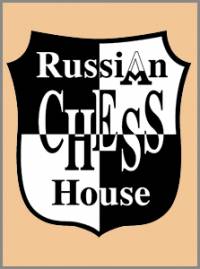 The life of a chess player in the system. Memories of the grandmaster
Author:
The life of a chess player in the system. Memories of the grandmaster
Author:
Averbah 45.00 $ -
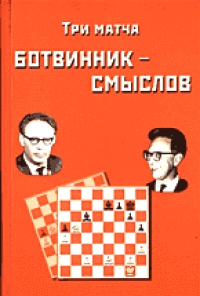 Три матча Ботвинник-Смыслов
Author:
Три матча Ботвинник-Смыслов
Author:
Botvinnik 45.00 $ -
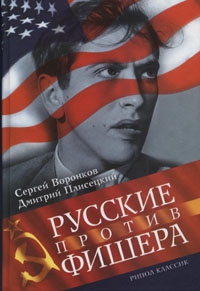 Russians vs Fisher
Author:
Russians vs Fisher
Author:
Voronkov 65.00 $ -
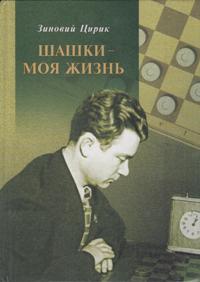 Checkers is my life
Author:
Checkers is my life
Author:
Ciric 87.50 $ -
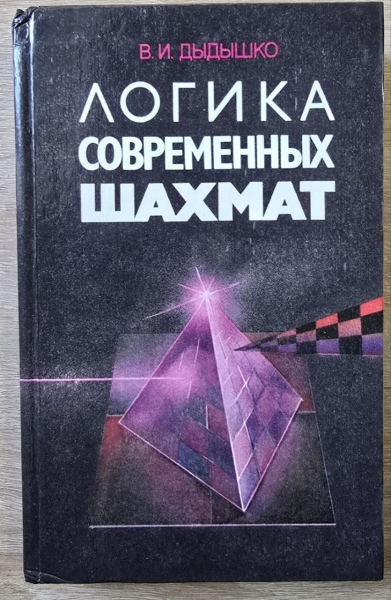 The logic of modern chess
Author:
The logic of modern chess
Author:
Dydyshko 72.50 $ -
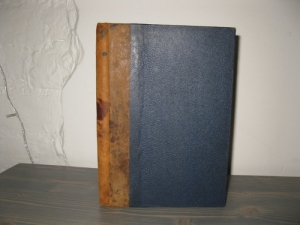 Siegbert Tarrasch. The Queen
Author:
Siegbert Tarrasch. The Queen
Author:
Tarrash 72.50 $ -
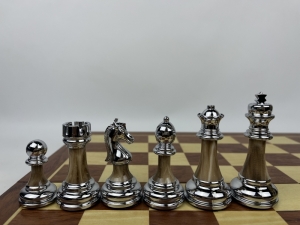 High quality acrylic metal heavy chess pieces with wooden board
202.50 $
High quality acrylic metal heavy chess pieces with wooden board
202.50 $
-
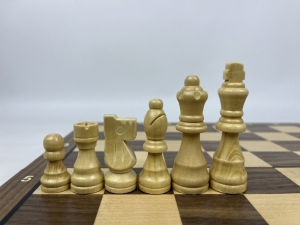 Wooden magnetic Staunton chess with a lock (silver)
56.25 $
Wooden magnetic Staunton chess with a lock (silver)
56.25 $
-
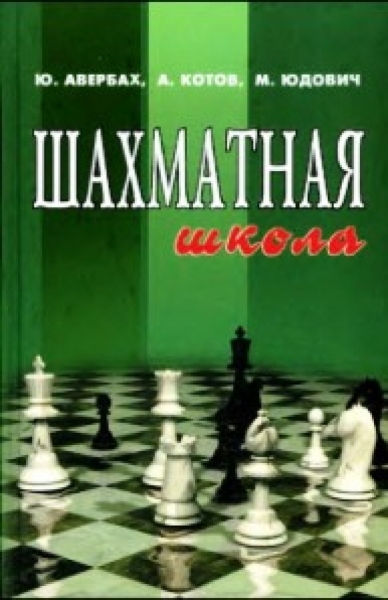 Chess school
Author:
Chess school
Author:
Averbah 15.00 $ -
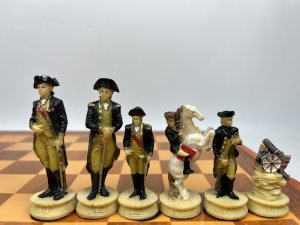 The chess set of The Chessmen. US war - Great Britain
325.00 $
The chess set of The Chessmen. US war - Great Britain
325.00 $
 Русский
Русский  Английский
Английский 